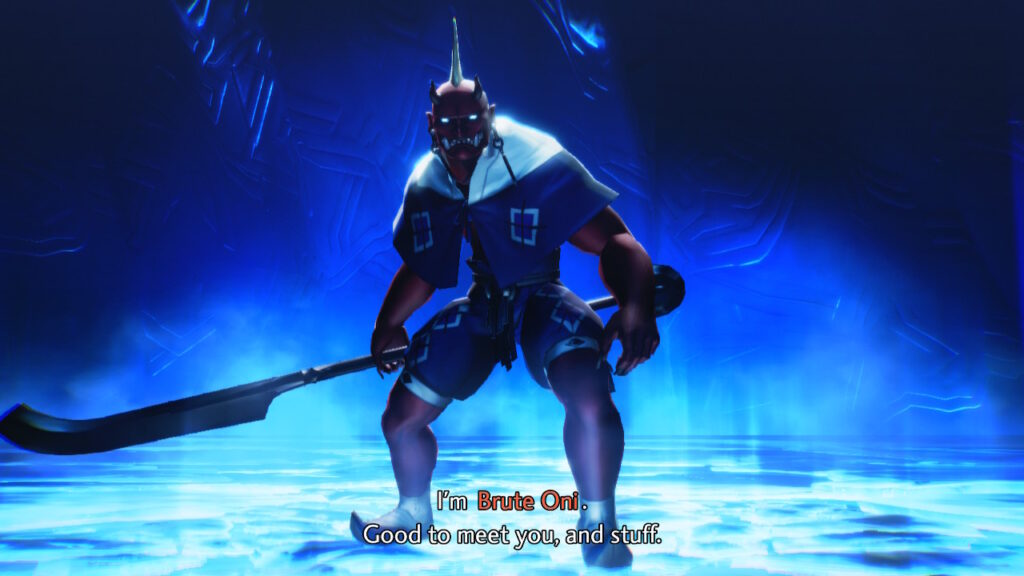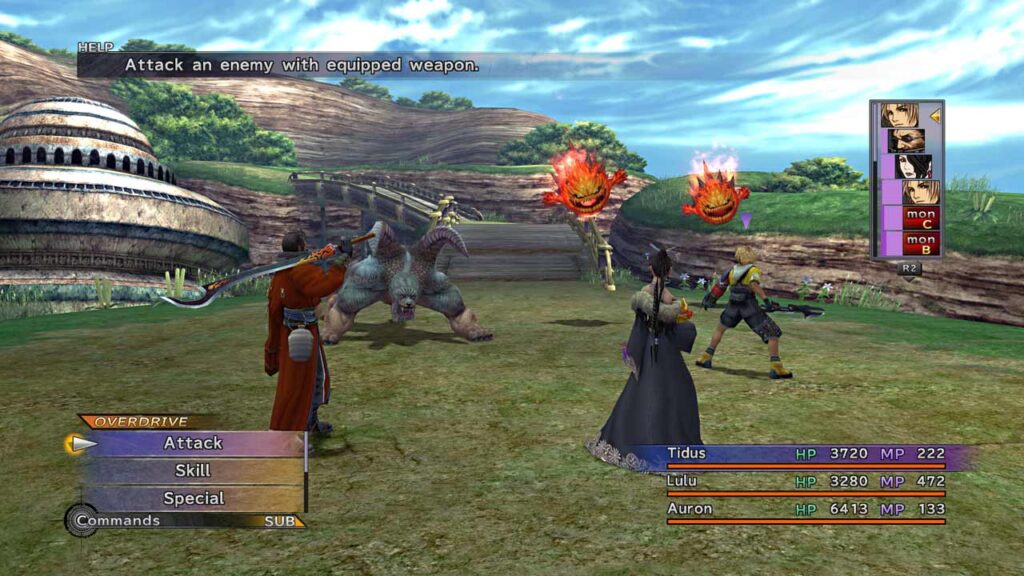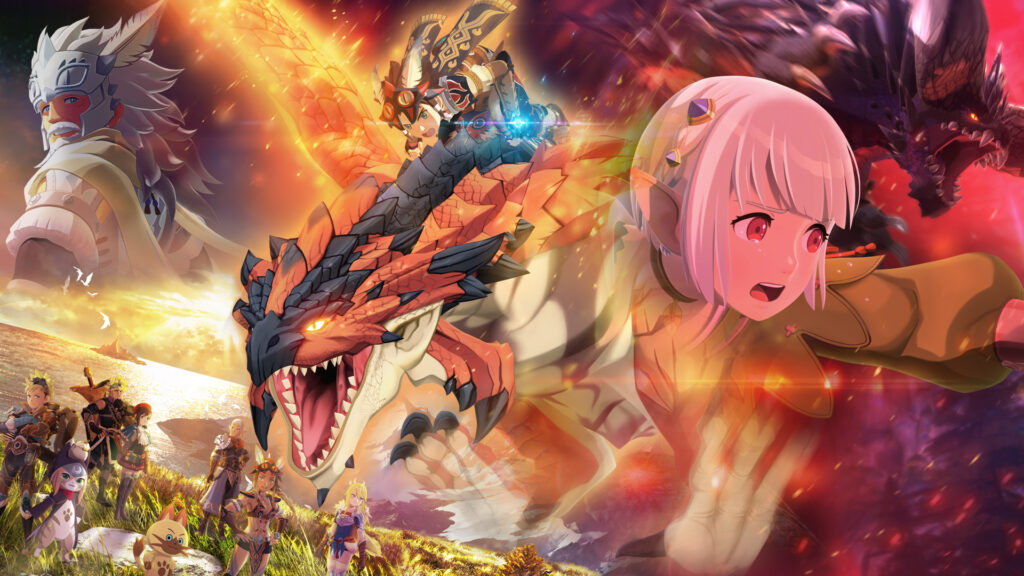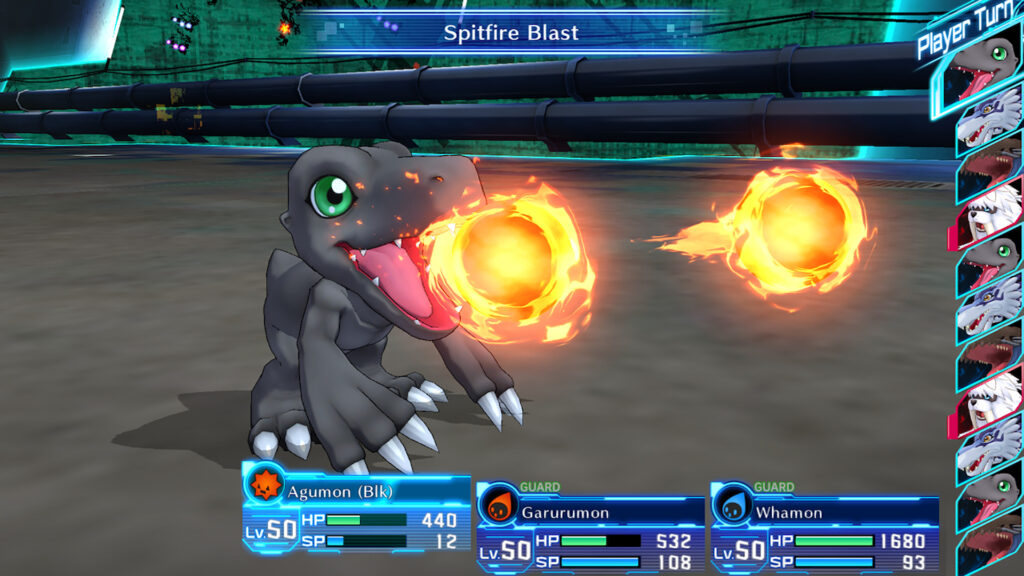
Pokémon has barely changed over the years. While the series could be accused of becoming bloated with features and esoteric extras that can bog down the experience; generally, the core gameplay has stayed the same for decades. Never changing has merits. To refuse to change is one of the last freedoms we have and to adhere to a status quo is a reliable means to know exactly what you’re going to get. Change can also be exciting, reinvigorating, so I proposed outlining five lessons Pokemon can learn from other RPGs.
RPGs overall have become more refined and thoughtfully designed to cut out aspects that have pushed players away like random encounters or slow battle animations. There have been many which have shifted the paradigm, along with Shin Megami Tensei… but Pokémon refuses to improve or learn from its own breakthroughs.
How can Pokémon become fresh while staying true to itself? Here are five lessons Pokemon can learn from other role playing games, its contemporaries, and from itself:
Shin Megami Tensei V Wastes No Time

Shin Megami Tensei is a “monster catching “ RPG like Pokémon. Unlike Nintendo’s monolith, Atlus saw that their latest entry would improve on the user experience as much as possible while staying true to its values. Dropping random encounters in favor of on-screen representations of enemies was one way that Shin Megami Tensei V improved the experience for players.
Demon fusing was always a very tedious process in prior entries. The reverse compendium fusing method was a revelation for expanding the player’s roster of demons to use in battle. It cut down on a ton of busy work with menu navigation and offered a quick way to see the cost of macca (in-game currency) to get very powerful party members without having to grind.
Pokemon does not need to copy Shin Megami Tensei to be great. What it does need to consider copying is its spirit of innovation and aim to smooth out the experience. Little things like skipping intro battle animations and victories to speed the pace up are small steps that go a long way.

The remakes of Pokemon Diamond and Pearl missed its chance to smooth out its gameplay experience. The tedium of the endless random encounters becomes exhausting as players agonizingly wade through easy battles. Players will hope that the RNG will smile upon them for the chance to capture a rare pokemon and that is if the battle goes well without killing them by accident during the weakening phase.
Pokemon does not respect the time of the player. The simple act of having to restore the party’s health is still such a slow and tiresome process in every Pokemon game leading up the Diamond and Pearl remakes. Do players really have to walk up to nurse Joy and listen to her say the same things she has said for decades and watch the animation for the pokemon’s HP to be restored?
Game Freak needs to cut down on the tired aspects of Pokemon. Simple design choices that would cost them nothing would do wonders for the user experience and add a bit more energy to the adventure. The irony is that many of these kinds of improvements were in Let’s Go Pikachu/Eevee, only to have Brilliant Diamond/Shining Pearl confusingly walk back on them.
Pokemon Let’s Go Pikachu/Eevee Streamlines and Connects

The Let’s Go games are not perfect and still carry a lot of the sins of the father. Many of the monotonous aspects of Pokemon are still present, but these remakes really tried to innovate and improve on the experience. Battles were no longer random and why this was not carried over into Brilliant Diamond/Shining Pearl makes no sense at all.
Not only are the battles no longer random; players can have their pokemon follow them around and even mount them. It does not add anything to the gameplay and is entirely cosmetic, but it enhances the sense of adventure and subconsciously makes gamers emotionally connect more with their pokemon.
Exploring the environment with a bunch of pokemon roaming the screen gives the setting a sense of place and makes it more believable. This is something Brilliant Diamond/Shining Pearl should not have dropped and should become a standard feature for all future pokemon games moving forward, be it a new title or remake.
While some people lamented that wild pokemon battles became a mini-game in Let’s Go, making them largely optional did wonders for the pacing. There is nothing exciting or challenging about fighting 40 Zubats and killing them all in one shot. This wasn’t a perfect solution, but with a bit more thought and finesse and a better mini-game; this could have been amazing. Let’s continue to explore five lessons Pokemon can learn.
Final Fantasy X Strategizes and Opens Battle Possibilities

The one versus one combat that takes up a majority of the turn-based battles in Pokemon games are severely limiting the potential for any real strategy. It is understandable that they are games made for kids, but that is assuming that children don’t know how to strategize and that is selling kids short of their greatness.
The Final Fantasy games have been shifting their paradigm since the first entry for decades. Final Fantasy X in particular was a watershed moment for the series and had a very simple yet very strategic turn-based system, which allowed for a large party. This involved three main fighters with four on standby that can be switched at no cost.
This is a very flexible battle system that also showed the turn order based on characters’ speed stat- something that is mostly wasted on pokemon. In one versus one, whoever has the highest speed gets to go first, which means if the type is right, the player has already won the battle. This is how a majority of pokemon battles play out.

Final Fantasy X ditched its active time battle system for something that gave players all the time in the world to strategize. A lot of information is given to the player- specifically the turn order and having the knowledge of when the enemy and which party member can act was a revelation for having tricky encounters later in the game.
Final Fantasy X was not the first RPG to use a queue system for combat, but it was a very accessible mechanism that made it digestible for RPG neophytes. On top of having the options to manipulate the turn order, Tidus and company could swap out with other party members quickly as a free action.
This is not to say that Pokemon should be exactly like Final Fantasy X, but it could learn from how it developed a flexible combat system that used many fighters and empowered players. The Black/White titles merely experimented with three on three trainer battles and sadly this never caught on, and was never elaborated upon.
Monster Hunter Stories 2 Tells A Story

The Monster Hunter franchise is very gameplay focused like Pokemon. Yes- there is a very broad overarching story, but it was usually background noise to help give the world flavor. Players had to use their imagination to get a sense of character growth due to the protagonists being blank slates who are just another trainer/hunter in their respective worlds.
Along comes Monster Hunter Stories 2 to completely shake up the Monster Hunter formula, embracing the monster-catching RPG sub-genre and telling an epic story with high quality production values. The story itself may have been a fairly standard hero’s journey who is destined for greatness, but the way its told with meaningful character development went a long way.
The effort of giving a silent protagonist a character arc is no easy feat, but if Capcom can do it, then so can Game Freak. Considering how much personality has been injected into all the pokemon and their designs, the possibilities are endless for story telling. This can be seen in the Pokemon animated shorts, where small scale stories are expertly told with almost no dialogue.
Digimon Story Cyber Sleuth Has New Game Plus and No Trade Evolutions

New game plus is a feature where the post game involves restarting from the beginning but with all earned upgrades or power-ups. It is an always welcomed feature in any game- no matter what genre it is. Yet, for decades, Pokemon has never had a single entry with new game plus implemented in any capacity.
Starting from the first town but at a high level and with all HMs could refresh the experience, especially if new game plus powers up all the trainers and random encounters. This is something that Digimon Story nails and it adds so much replay value. Getting to the end of a Pokemon game makes the world feel empty and hallow.
Another great feature that Digimon Story does not have is evolution trading. The feature does no work as intended in Pokemon. The idea is that its supposed to get players to trade more often and to reward the tradee with something cool. The problem is this is rarely the case and every time a trade evolution occurs- the evolved pokemon gets sent back to the trader.
Why evolution trades have endured this long will always be a mystery. A very safe wager would be that not a single hardcore Pokemon fan would complain if this feature was removed and trade evolution pokemon would get assigned a evolution stone instead.
There are many ways Game Freak can improve upon the Pokemon experience. The gameplay is about to make a big shift with Pokemon Legends: Arceus and only time will tell if it will be what the series needs to revitalize itself. What do you think about these proposed five lessons Pokemon can learn? Comment and discuss how the Pokemon games can be improved.